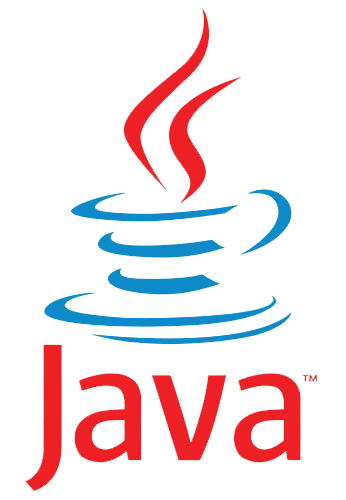An accounting automation software also integrates with your accounting software so you can manage bookkeeping faster. Use automation software to efficiently manage all your payables in an end-to-end payable management system. With a platform like Aspire, you can schedule or send multiple payments to vendors across the globe. To avoid such problems, make sure you check that the expense you’re recording matches the product you’ve received.
- However, a default on payables means compromised supplier relationships and facing legal implications.
- In accrual-based accounting, you record an expense when you’ve earned it, not when money is transferred.
- An accounting automation software also integrates with your accounting software so you can manage bookkeeping faster.
- During that grace period, accounts payable expenses are classified as a current liability.
- For example, imagine a business buys some new computer software, and 30 days later, gets a $500 invoice for it.
An accrual is an accounting adjustment for items (e.g., revenues, expenses) that have been earned or incurred, but not yet recorded. Accounts payable is a liability to a creditor that denotes when a company owes money for goods or services and is a type of accrual. When the company has incurred an expense that has not yet been paid, that amount is https://quick-bookkeeping.net/ included in its accrued expense adjusting journal entry. The journal entry would include a debit to the appropriate expense account and a credit to the accrued expense account – a liability account. Accrued expense is considered a liability because it is an amount that the business owes to another entity for a good or service already rendered.
What Is an Example of an Accrued Expense?
Liabilities are traditionally recorded in the accounts payable sub-ledger at the time an invoice is vouched for payment. Vouched simply means an invoice is approved for payment and has been recorded in the general https://kelleysbookkeeping.com/ ledger as an outstanding liability, where the payment transaction is still in the pipeline. Accounts payable and accrued expenses represent critical business expenses that keep your company going.
- When the bill is paid, the accountant debits accounts payable to decrease the liability balance.
- These are the expenses of a company, services for which have been taken, but the receipt of services or documentation proof has not been generated.
- Two of the most important items found on your balance sheet are accrued expenses and accounts payable.
Remember to consult an accounting professional or financial advisor for guidance as you grow your business. As a financial term, expenses only refer to payments already made for goods and services that have been provided to the business. In other words, they only refer to completed transactions, where both parties have fulfilled their obligations. Just because you own a small business doesn’t mean you’re an expert bookkeeper.
Everything You Need To Master Financial Modeling
Expenses are recognized under the accrual method of accounting when they are incurred—not necessarily when they are paid. Cash and accrual basis accounting each offer unique benefits for different types of businesses. It’s important to understand each method so you can choose the right approach for your financial needs.
A Guide To Vendor Reconciliation Process in Accounts Payable
Accrued expenses are realized on the balance sheet at the end of a company’s accounting period when they are recognized by adjusting journal entries in the company’s ledger. Accounts payable (AP), or “payables,” refer to a company’s short-term obligations owed to its creditors or suppliers, which have not yet been paid. The amounts in this account are usually recorded with accrual adjusting entries made at the end of the accounting period. If either accrued expenses or accounts payable increase, a company’s cash flows increase as the cash remains in its possession for the time being — although payment must eventually be made. This includes things like employee wages, rent, and interest payments on debt owed to banks. Cash basis accounting is the process of reporting only income that has been received and expenses that have been paid.
Differences between accrued expenses and accounts payable
Accrued expenses are those liabilities which have built up over time and are due to be paid. Accounts payable, on the other hand, are current liabilities that will be paid in the near future. Below, we go into a bit more detail describing each type of balance sheet item.
Advantages of accrual basis accounting
Since accounts payable are the future cash payment, it also plays a role in cash management. For instance, the net increase or decrease in the business’s accounts payable is recorded https://business-accounting.net/ in the cash flow statement in the cash flow from operating activities. Receivables represent funds owed to the firm for services rendered and are booked as an asset.
Accounts payable (AP) or simply payables refer to the short-term debt of a company against purchases or services received on credit. Accrued expenses are not meant to be permanent; they are meant to be temporary records that take the place of a true transaction in the short-term. In accounting, accounts payable is a liability account, so it must have a credit balance that shows what the company owes a vendor.




Join The Discussion